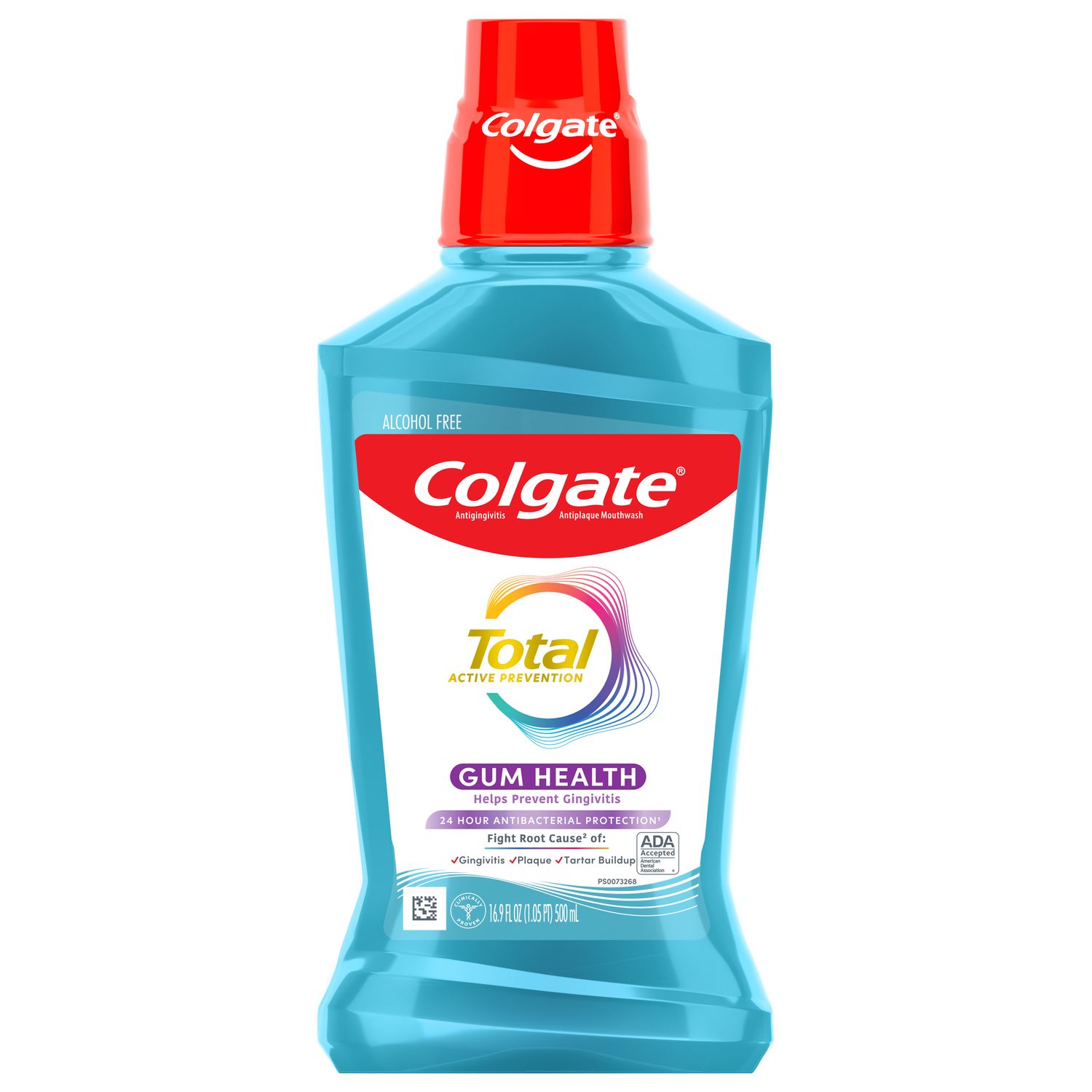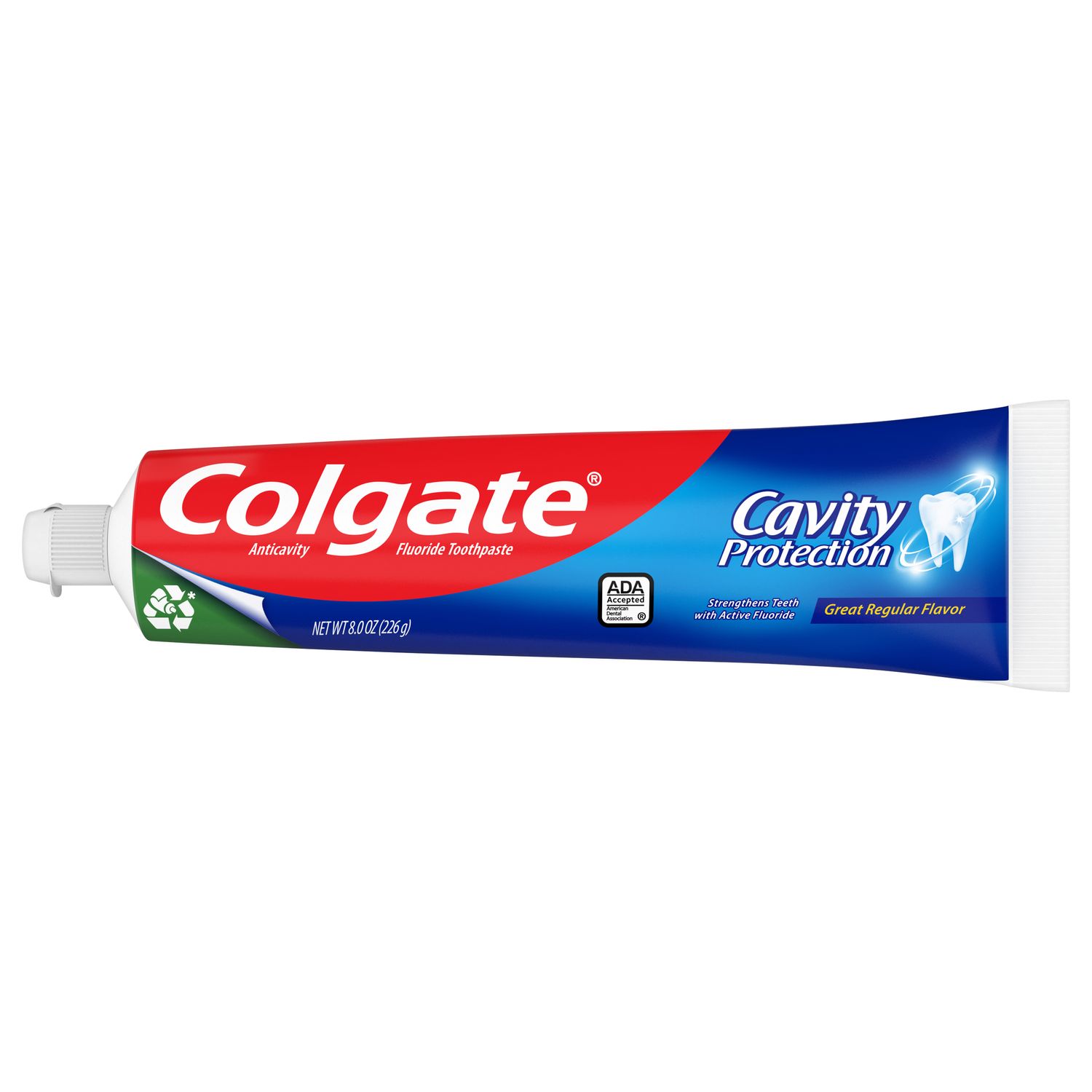What teeth whitening treatments are available?
- Have your teeth cleaned by a dental professional to remove external staining caused by food, drinks or smoking.
- You can use a whitening toothpaste that can help remove surface stains between dental visits.
- To go a step beyond basic cleaning, you can use a whitening gel or whitening strips.
- You can choose to bleach. These products are available over-the-counter (OTC) or by visiting your dental professional who will suggest a bleaching gel to work on more stubborn stains or yellowing.
- Your dentist can create a custom mouthpiece for at-home bleaching. There are different kits available, so use as instructed to achieve the best results.
- If you have more permanently stained or damaged teeth, your dentist may recommend veneers or bonding to fix irregular or damaged teeth or to achieve specific results.

Expert-Level Whitening Toothpaste for a Vibrant Glow

What teeth whitening treatment should I use?
First and foremost, it is important to have a conversation with your dentist before trying any OTC product on your teeth. Various whitening techniques work better for specific causes of teeth stains.
- If your teeth are yellow, they may respond best to bleaching, while brown or gray teeth may not. If your teeth are striped or mottled from tetracycline or too much fluoride, they may not react or whiten evenly even when bleached. Bleaching is also not recommended if you have tooth-colored fillings, crowns, caps or bonding in your front teeth — the materials used to make these products are not recommended to be bleached, thus the color of the restorative material will not change. If you have some natural teeth and some veneers or crowns, bleaching can lead to an uneven look, and the unchanged color of your dental work may stand out in your newly whitened smile.
- If you have periodontal disease or particularly sensitive teeth, you may want to avoid chemical whitening products and techniques that can make teeth more sensitive and may irritate tender gums if they are not protected.
- If you have staining from medication that you have taken, or other causes and want to have a whiter, brighter smile, there are various products like porcelain veneers that you can have placed over your natural teeth.
We know that a whiter, brighter smile is your goal, so the first thing to always consider is proper dental hygiene. This including brushing with whitening toothpaste after meals or when you drink dark soda or coffee and flossing once a day. If those things aren’t giving you the confident smile you’re looking for, talk to your dentist and start working on a plan to bring out your best smile.
This article is intended to promote understanding of and knowledge about general oral health topics. It is not intended to be a substitute for professional advice, diagnosis or treatment. Always seek the advice of your dentist or other qualified healthcare provider with any questions you may have regarding a medical condition or treatment.
ORAL HEALTH QUIZ
What's behind your smile?
Take our Oral Health assessment to get the most from your oral care routine
ORAL HEALTH QUIZ
What's behind your smile?
Take our Oral Health assessment to get the most from your oral care routine















